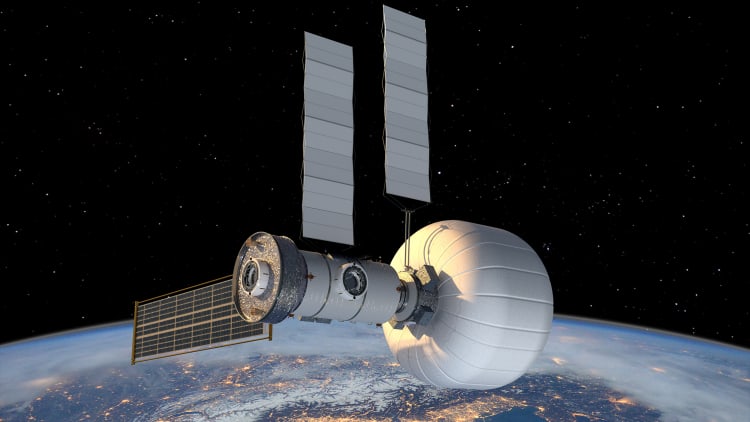
Here's why NASA may depend on outside companies for its next space outpost
Over the last couple of years, NASA has increasingly relied on outside companies to complete tasks that have traditionally been reserved for the government agency.
Under its Commercial Resupply Services program, NASA has contracts with SpaceX and Northrop Grumman to send cargo resupply missions to the International Space Station. Last year, SpaceX made history by becoming the first private sector company to carry NASA astronauts to the ISS under NASA's Commercial Crew Program. NASA is now hoping to replicate the success of its commercial crew and commercial cargo programs with the Commercial LEO Destinations project.
As part of the project, NASA plans to award up to $400 million in total to as many as four companies to begin development of private space stations. Covering part of the developmental costs of the station would be a big money saver for NASA. The ISS cost $150 billion to build, and the U.S. picked up the largest chunk of that bill ahead of its partners, Russia, Europe, Japan and Canada. NASA also spends about $4 billion a year to operate the ISS.
"We've had all these years of success on the ISS, and NASA now wants to put our eye toward moon and Mars and other exploration items and turn over this area of space to the commercial market," says Angela Hart, manager of the Commercial Low Earth Orbit Program Office at NASA.
A number of companies, including Colorado-based Sierra Space and Houston-based Axiom Space, are already well on their way to launching private space stations. Watch the video to find out more.









